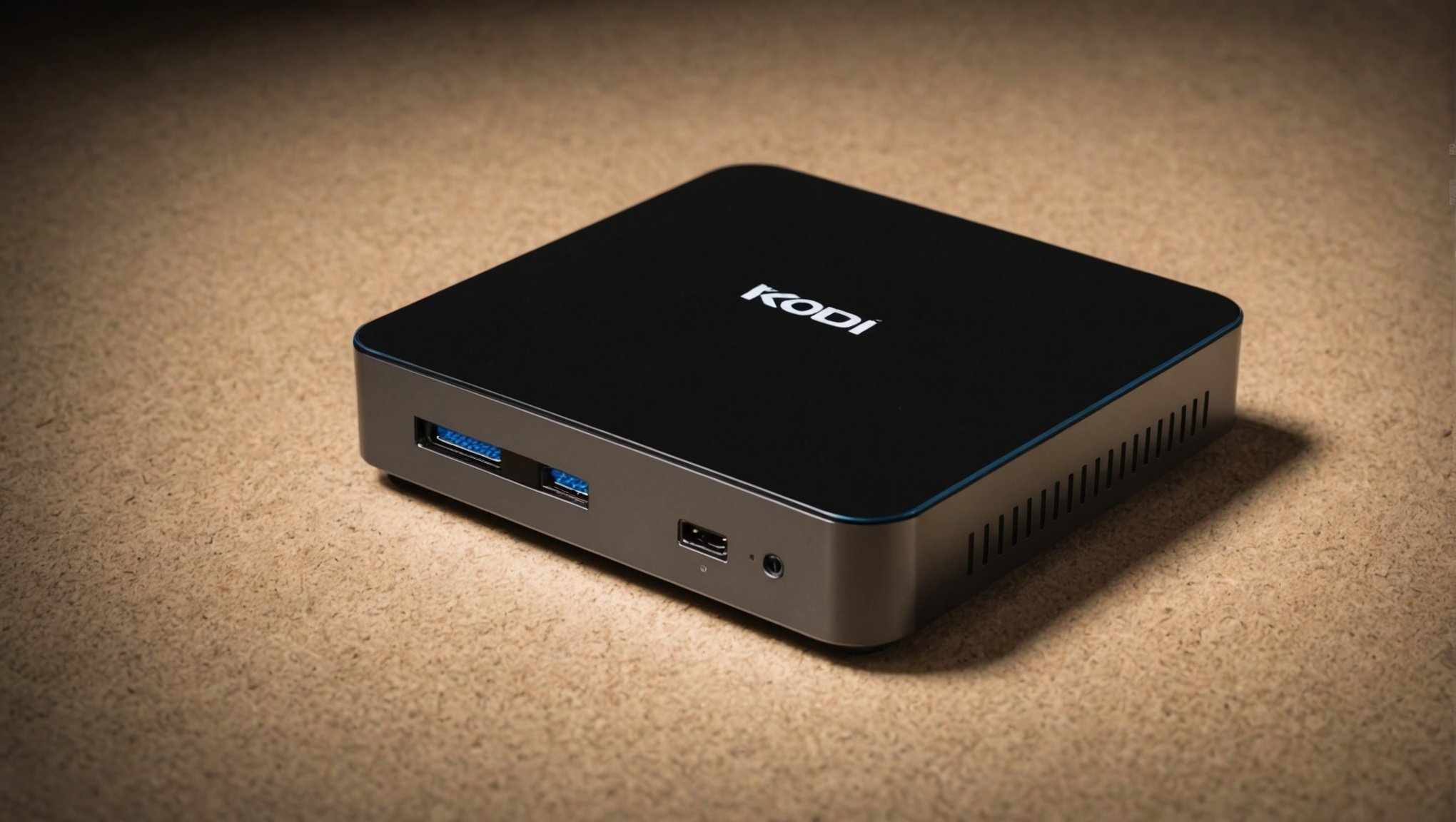As cinema enthusiasts or even casual viewers, you probably desire a seamless, high-quality media streaming experience on your devices. When it comes to handling 4K media content, the combination of a powerful hardware solution like Intel’s Next Unit of Computing (NUC) and a robust media player like Kodi offers you a high-end home theater PC (HTPC) system. This article brings you insights into optimizing your Intel NUC for 4K media streaming using Kodi.
The article will provide an in-depth look at Intel NUC as a hardware solution, the role of Kodi as a media player, and the necessary steps to build and optimize your system for 4K media streaming.
Also to discover : How to set up a multi-room audio system using a combination of Sonos speakers and Google Home devices?
Understanding Intel NUC and Its Place in Your HTPC Build
The Intel NUC is a compact, powerful mini PC that’s perfect for an HTPC build. Its small size belies its performance, with the latest models supporting 4K video, High Dynamic Range (HDR), and a range of processors up to Intel’s cutting-edge Core i7.
With a NUC, you can create a powerful HTPC that’s capable of streaming 4K media content with ease. However, the performance of your NUC depends heavily on its configuration. The right setup can help you unlock the full potential of your NUC and provide a smooth, high-quality media streaming experience.
Additional reading : How to configure a high-performance gaming rig with an Intel Core i7-11700K and NVIDIA RTX 3070 in a Lian Li PC-O11 Dynamic case?
There are various models of Intel NUC available, some equipped with different processors, graphics capabilities, and RAM capacity. It’s important to choose a model that fits your specific needs. For a 4K media streaming setup, you’ll likely need a NUC with a strong processor, ample RAM, and good graphics capabilities.
The Role of Kodi in Your 4K Media Streaming Setup
Kodi is a versatile, open-source media player that’s perfect for an HTPC system. It’s capable of playing a wide range of media formats, including 4K content. Coupled with an Intel NUC, Kodi can provide a seamless, high-quality media streaming experience.
One of the key features of Kodi is its customizability. You can tailor the look and feel of the media player to your liking, as well as install a wide range of add-ons to expand its functionality. This can include add-ons for streaming content from various sources, such as Netflix or Amazon Prime Video.
Kodi also supports a range of audio and video codecs, providing users with the flexibility to play almost any media file. This, combined with its user-friendly interface, makes it a popular choice for HTPC systems.
Building and Optimizing Your HTPC System
Once you’ve selected your Intel NUC and installed Kodi, the next step is to build and optimize your HTPC system. This involves setting up the hardware, configuring Kodi, and adjusting key system settings to ensure a smooth, high-quality streaming experience.
Start by connecting your Intel NUC to your TV or monitor. This will usually involve using an HDMI cable, although some models may support other types of connections. Once connected, you’ll need to install an operating system. For an HTPC setup, we recommend using a lightweight, user-friendly system like Windows 10 or Linux.
The next step is to install and configure Kodi. After downloading and installing the software, navigate through the user interface to customize it to your liking. Be sure to install any necessary add-ons for streaming content, and adjust the video settings to support 4K content if necessary.
To optimize your system for 4K streaming, check your network connection and make sure it’s stable and fast enough to handle large media files. If you’re using Wi-Fi, consider switching to a wired connection for a more stable, faster internet connection.
Advanced Optimization Techniques for Your Intel NUC
After you’ve set up your basic HTPC system, there are a few advanced techniques you can use to further optimize your Intel NUC for 4K streaming. These can include adjusting your NUC’s BIOS settings, updating your graphics drivers, and configuring advanced Kodi settings.
Access the BIOS on your NUC by restarting the system and pressing the F2 key during startup. In the BIOS, look for settings related to video output, such as HDR support, and ensure they’re set to their optimal values. Updating your graphics drivers can also enhance the performance of your NUC, especially when it comes to handling 4K content. You can do this by visiting the Intel website and downloading the latest drivers for your NUC’s graphics chipset.
In Kodi, you can adjust a few advanced settings to improve your streaming experience. Navigate to the ‘System’ menu and look for settings related to video output and playback. Adjust these settings to their optimal values to ensure smooth, high-quality streaming.
Finally, click on the ‘Messages’ tab on the Kodi home screen. This will give you a detailed look at any errors or issues that Kodi is encountering, which could be impacting your streaming experience. If you see any error messages, try to resolve them to ensure you’re getting the most out of your HTPC system.
Additional Hardware and Software Tweaks for Increased Performance
Besides the main setup and optimization processes, there are a few more tweaks you can undertake to get the most out of your Intel NUC and Kodi setup. These include hardware upgrades, software tweaks, and even the use of third-party applications to bolster performance.
Hardware Upgrades: If you’ve chosen a NUC with upgradeable components, consider investing in better RAM or a faster SSD. More RAM can help Kodi handle complex streaming tasks more efficiently, while a faster SSD can reduce load times and improve overall performance.
Software Tweaks: On the software side, there are many adjustments that can be made within the operating system and Kodi itself. For instance, you can disable unnecessary background services in your operating system to free up system resources. Within Kodi, you can adjust your cache settings to store more data locally, reducing buffering times and improving video quality.
Third-Party Applications: There are numerous third-party applications that can augment Kodi’s performance and capabilities. For example, some apps can help manage your media library, while others can enhance the visual experience with better subtitle support or video upscaling.
Optimizing an Intel NUC for 4K media streaming using Kodi can seem like a daunting task, but with the right hardware, software, and understanding, it’s entirely achievable. By carefully selecting an appropriate model of Intel NUC, installing a lightweight and efficient operating system, configuring Kodi to your personal preferences, and applying the advanced optimization techniques and additional tweaks, you can build a high-end home theater PC system that delivers a smooth, high-quality 4K media viewing experience.
It’s worth noting that the optimization process isn’t a one-size-fits-all solution. Factors such as your specific hardware model, your network setup, and your personal viewing preferences can all affect how you should approach optimizing your system. It’s important to take the time to understand and experiment with different settings and configurations, make regular updates to your system, and troubleshoot any issues that arise.
With proper care and maintenance, your Intel NUC and Kodi setup can provide you with countless hours of high-quality streaming entertainment, making every movie night at home a cinematic experience. Enjoy the ultimate home theater experience with optimized 4K media streaming on your Intel NUC using Kodi!











